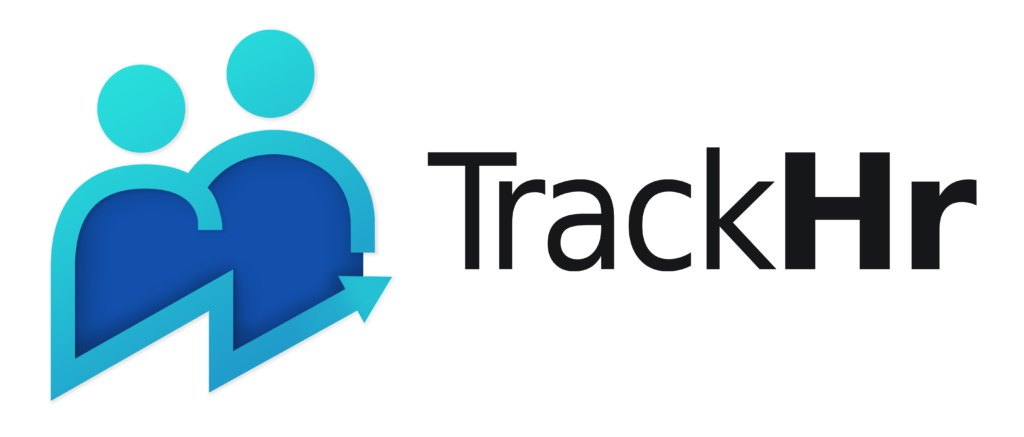Thursday, 10 May 2025
What is Importance of Performance Management Software Like TrackHr Software
The primary goal of business performance management is to align leaders, managers, teams, and resources toward achieving the organization’s strategic objectives. By using performance metrics, leaders can monitor productivity and identify early signs of potential challenges, allowing them to take corrective actions to keep the business on track.
Performance Management plays a vital role in developing a skilled and efficient workforce. It identifies performance gaps and addresses them through targeted solutions, such as training programs and mentoring, ultimately improving productivity.
In today’s dynamic business environment, performance management tools have become essential for organizations aiming to thrive. These tools enable leaders & employees to evaluate the strategies that are driving success and implement changes to achieve even better outcomes.
Employee performance management software provides numerous advantages to organizations. Below are some key reasons why such tools are critical in the modern workplace:
❖ Enhanced Goal Alignment: Ensures that individual and team objectives align with the company’s strategic vision.
❖ Real-Time Performance Tracking: Provides immediate insights into progress, allowing for timely feedback and adjustments.
❖ Identification of Skill Gaps: Analyzes areas needing improvement and facilitates targeted training initiatives.
❖ Improved Productivity: Promotes continuous improvement through structured processes and actionable insights.
❖ Data-Driven Decision Making: Offers leaders reliable data to make informed decisions regarding workforce management.
By adopting effective performance management tools, businesses can build a culture of accountability, collaboration, and ongoing development, ensuring long-term success in an ever-changing environment.
Performance Management Software TrackHr
Performance management software, such as TrackHr, plays a crucial role in enhancing organizational efficiency and employee engagement. Below are key reasons why such software is essential:
1. Aligning Individual and Organizational Goals
TrackHr ensures that employees’ objectives are in sync with the company’s strategic goals. By setting clear and measurable targets, employees understand their roles in driving organizational success.
2. Continuous Performance Monitoring
Unlike traditional annual reviews, TrackHr enables real-time performance tracking. This ensures that managers can provide timely feedback and employees can adjust their efforts proactively.
3. Enhancing Employee Engagement
With tools for regular check-ins, feedback, and recognition, TrackHr fosters a culture of communication and appreciation. Employees who are engaged tend to be more driven, efficient, and committed to staying with their organization.
4. Promoting Transparency and Accountability
The software offers visibility into individual and team performance through data-driven insights. This transparency helps employees take ownership of their work and fosters accountability.
5. Identifying Skill Gaps and Opportunities
TrackHr’s analytics can identify areas where employees need development. Organizations can use this information to offer targeted training and development programs, ensuring workforce growth.
6. Streamlining HR Processes
By automating tasks like goal setting, performance evaluations, and progress tracking, TrackHr saves time and reduces administrative burdens on HR teams, allowing them to focus on strategic initiatives.
7. Boosting Productivity
With clear goals, timely feedback, and recognition programs, employees are more focused and motivated to perform at their best. Productivity improves as employees feel valued and supported.
8. Data-Driven Decision Making
TrackHr provides valuable analytics and reports that help leaders make informed decisions regarding promotions, rewards, and workforce planning.
Conclusion
Performance management software like TrackHr is indispensable in today’s competitive business environment. By integrating its features into organizational practices, businesses can foster a culture of engagement, accountability, and continuous improvement, driving both employee satisfaction and overall success.
